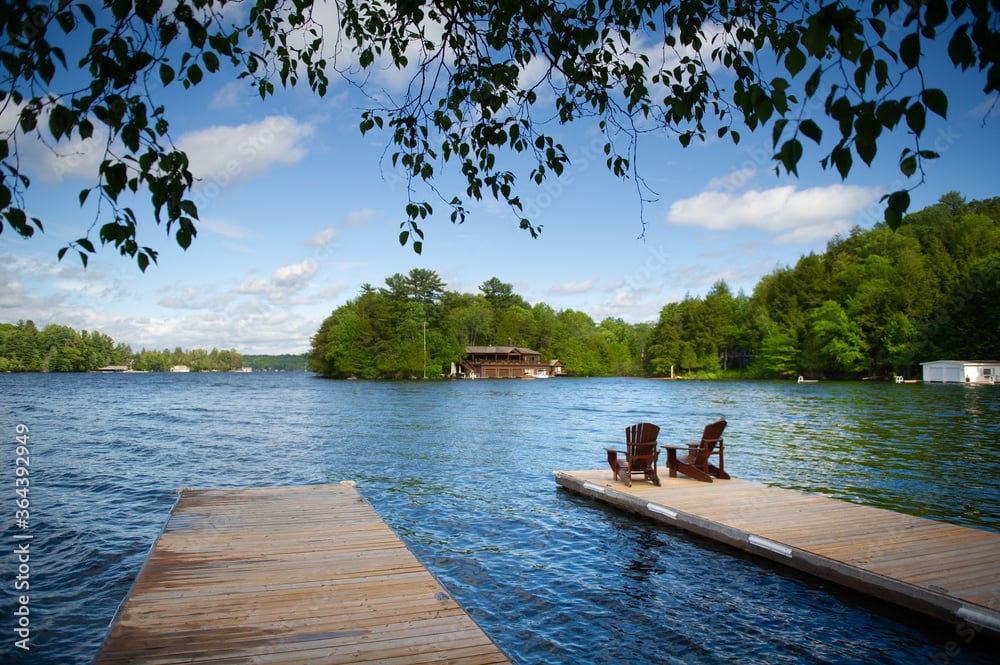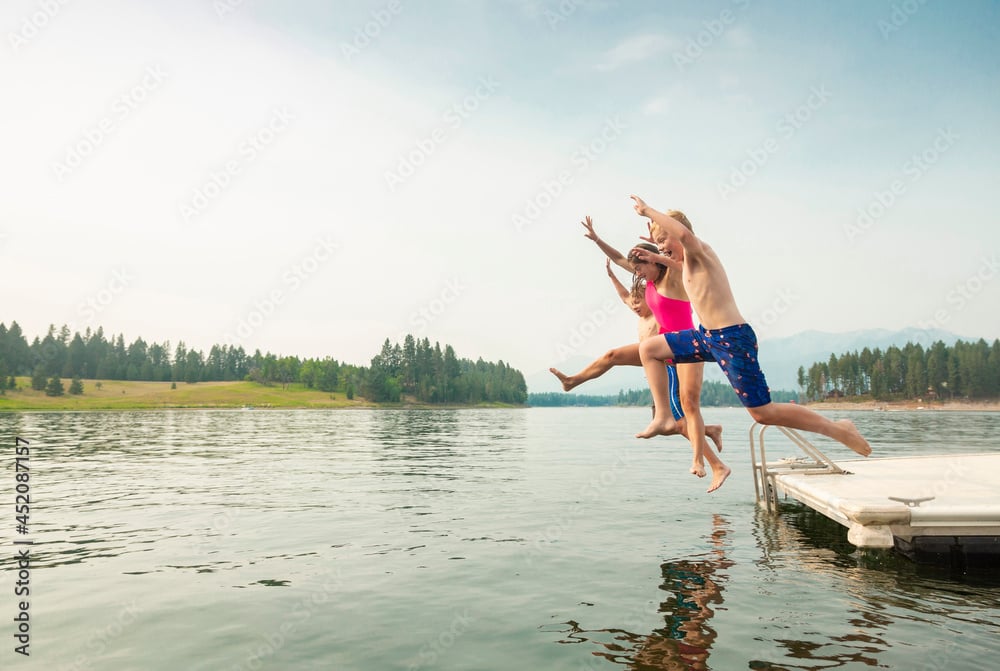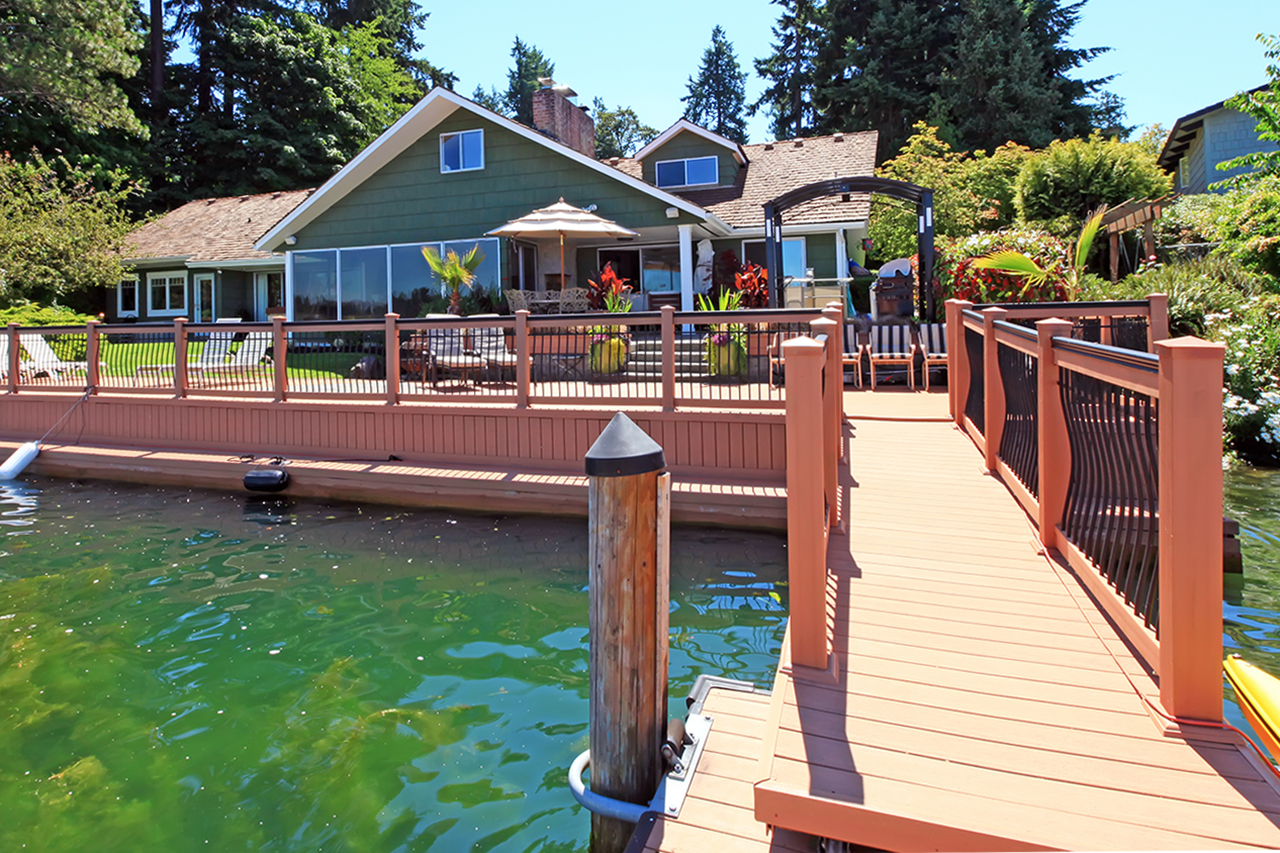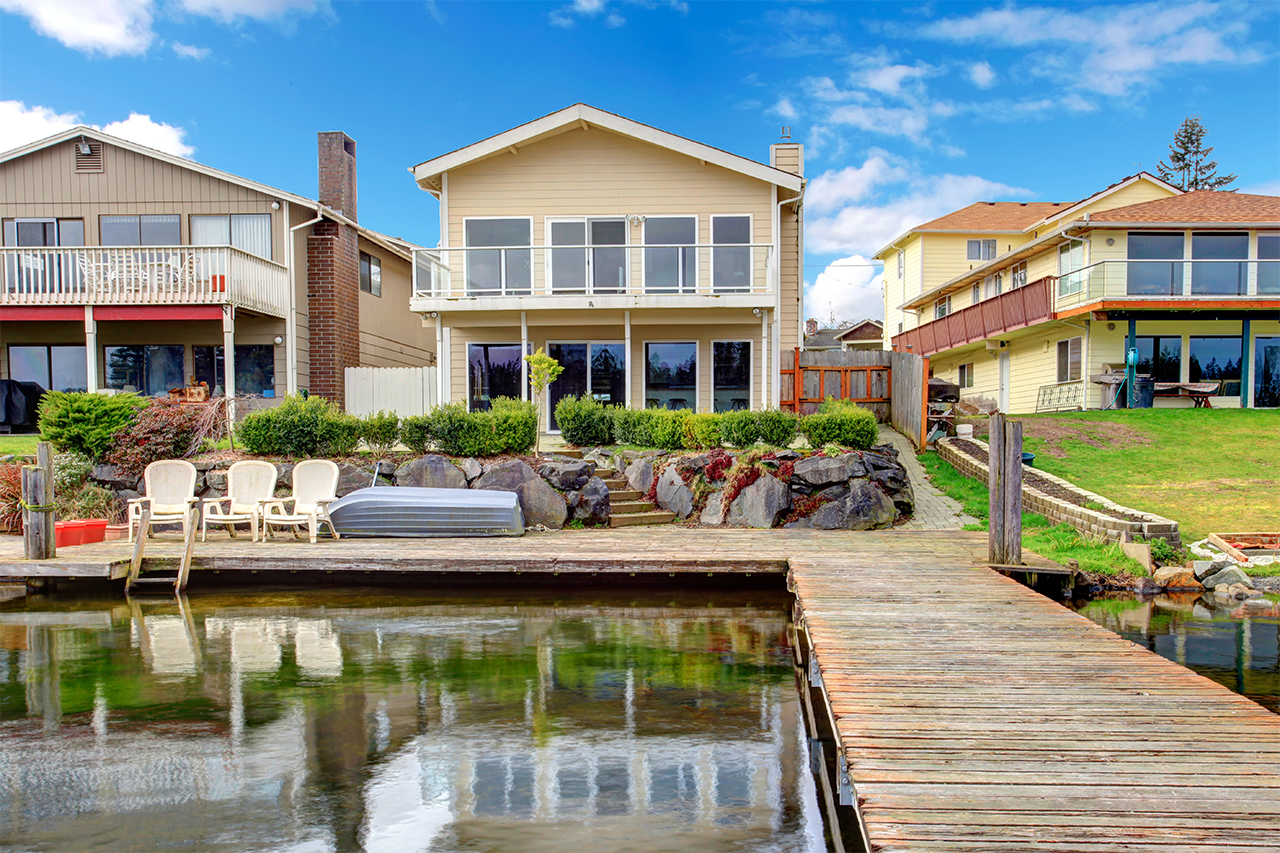
Find out what impacts boat dock repair costs and get expert tips to budget for repairs. Learn about average prices, cost factors, and ways to save.
Get your docks on lock


Adding a dock to your lakefront home will allow you to launch your boat or kayak without running down to a marina. Before building, consider the types of docks available and check on any required permits. We’ve outlined the different kinds of docks below so you can make the best choice for your location, weather, and budget.

Choose one of these options when you don’t need to worry about removing the dock in the event of inclement weather.
A pile dock is similar to what you’d find at a larger pier. These docks are fixed to the water’s bottom via large concrete or steel pilings and can bear significant weight.
While the foundation commonly consists of steel (or concrete) for stability, the top level can be wood, offering a more pleasing aesthetic. Some people also choose wood for the pilings—just look for marine-grade lumber. While a very strong, permanent option, pile docks are costly and don’t adjust well to water levels that fluctuate wildly.
A fixed dock usually has a gazebo or other structure attached to it, while the dock is fixed to the bottom of the water’s floor. Because fixed docks have a fixed height, they are not great options for places where the water rises to very high levels.
Crib docks consist of a wooden frame with rocks inside of it. The rocks weigh the dock down and keep it stable in the water. While stable, crib docks don’t allow for easy water movement, which can create marine habitat issues; some places ban these docks due to their adverse effect on wildlife and water flow. Check local regulations and hire a professional shoreline contractor to ensure the dock won’t cause erosion or other issues.
Similar to suspension bridges, suspension docks float over the water via a set of powerful cables. They are sturdy but expensive and time-consuming to build without the assistance of a local dock builder; in addition, they can be more expensive to repair. However, suspension docks are more environmentally friendly than crib docks because water can pass easily beneath them.

Removable docks are smart choices if you live somewhere where the water levels fluctuate, or there is heavy snow and ice in the wintertime. You should weigh these environmental factors against your budget. The cost to build a boat deck is around $16,340—with the typical range coming in between $3,800 and $29,000—depending on the type, materials, size, and permits.
A floating dock is connected and secured to the land and floats on the water atop a set of airtight drums. The materials for these docks range from buoyant foam, plastic, or a combination of the two and wood. There are no platforms or framing connecting the dock to the water floor, so this is not an option if you need a dock somewhere with rocky or unpredictable water.
Floating docks are removable before storms or other weather anomalies and require fewer permits to set up as they don’t hinder marine life. In addition, floating docks are relatively inexpensive and easy to install.
A pipe dock’s setup is similar to a piling dock with poles made of aluminum instead of stronger steel or wood; the poles rest at the bottom of the water. The docking is removable, which can be beneficial if you live somewhere cold and want to prevent freezing. Because they are less sturdy, unusually strong weather or waves can damage the framework, and they only work in water less than 12 feet deep.
A lift-up dock has a galvanized steel frame, making it very sturdy, with a lift function so you can raise it to protect it from ice and other cold weather damage. Custom designs allow for options to camouflage the cold look of the steel.
From average costs to expert advice, get all the answers you need to get your job done.

Find out what impacts boat dock repair costs and get expert tips to budget for repairs. Learn about average prices, cost factors, and ways to save.

How much does it cost to build a dock? Get a detailed price breakdown, key cost factors, and money-saving tips for your dock project.

Discover the cost to wrap dock pilings. Learn about average prices, key cost factors, and tips to save on your dock piling wrap project.

A functional seawall is essential for preventing water damage at your coastal or waterfront property. Learn about average seawall repair costs to plan your budget for this project.

Get the facts on dock piling installation cost. Learn about average prices, cost factors, and ways to save when planning your dock piling project.